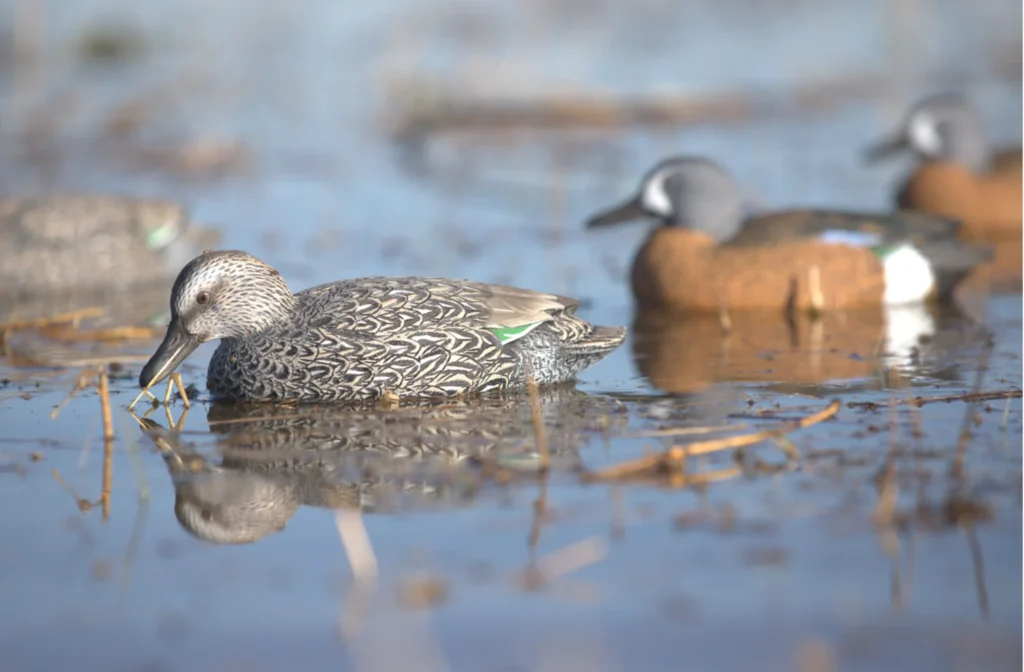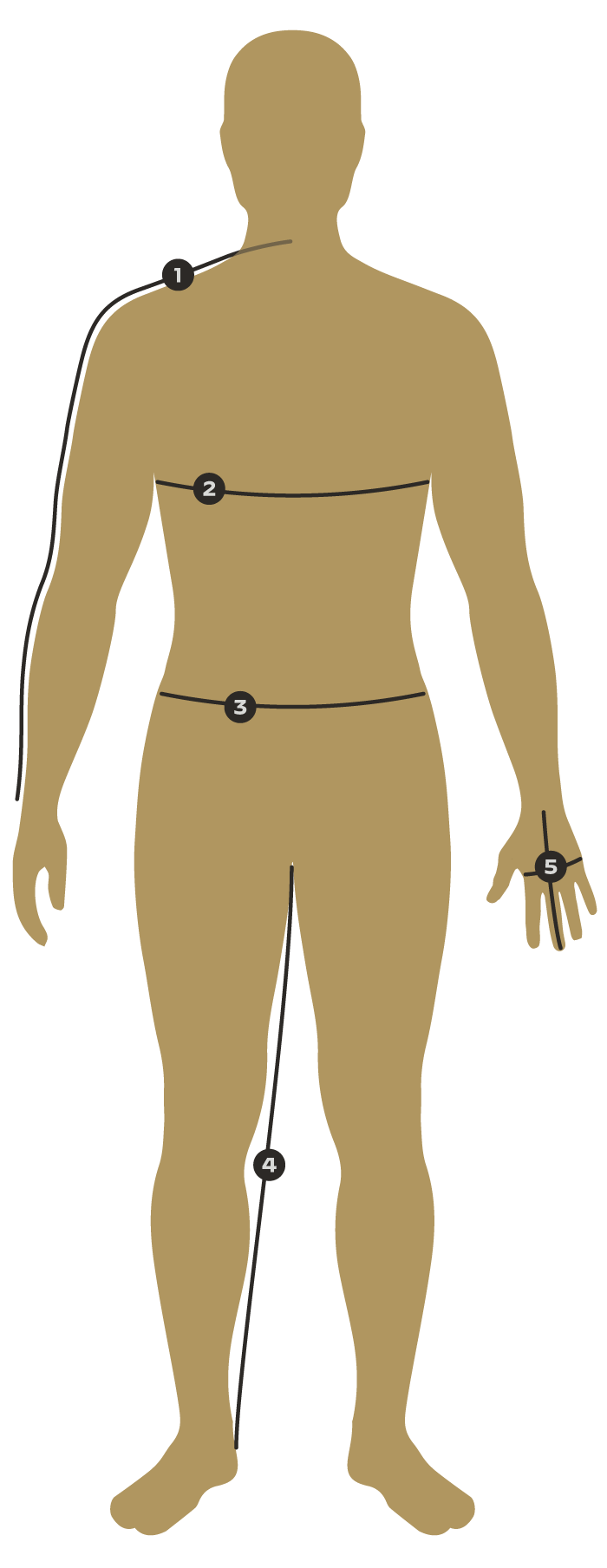Preparing for duck season is a year-round task. Like most, in todays world finding the time to dedicate to these activities can be tough. Here are a few things you can do over the course of a weekend that will save you time and have gear at the ready once opening day arrives.
Inventory – where are we setting? – If you store decoys off-site, you’re going to want to plan ahead and have arrangements made to get everything under one roof (or one backyard). While physically having everything in one “place” is necessary to complete needed pre-season tasks, there’s a little therapeutic effect to it as well.
Decoys – condition and intended use. – When it comes to floating decoys, maintenance is pretty straightforward. Cracks and holes need sealed, soapy water, a bucket and scrub brush will provide a clean surface while a couple cans of Krylon® 1311 matte finish helps protect and restore that showroom appearance. A slightly different approach is applied to flocked decoys. A soft bristled brush will remove any caked-up material while applying the previously mentioned regiment to the painted surface of the decoy. Check rigging, verify appropriate bag space and you’ll be ready to go on the opener.
Blinds – mudded, painted and ready to go? – Regardless of style or type, portable blind preparation really hasn’t changed much over the years. Construct all layouts, panels and boxes and give everything a really good look. Blind surfaces are typically a heavy cloth, or denier decorated with a camouflage graphic. A new surface has a bit of a sheen that is generally not attractive to incoming waterfowl. This is where the same bucket used while cleaning decoys now contains a mix of dirt and water come in. A generous coat of mud applied to the exterior of a blind will dull any unwanted shine. Simply find an old broom and “paint” away. The same result can be achieved via multiple rattle cans of muted colors (browns, blacks, etc.), however does create an added expense.
Once decoys and blinds are accounted for, and the good has been separated from the bad, the project now turns to strategy. You need to ask yourself, given your intended hunting scenarios for the coming season – what’s missing? If you typically hunt the same general settings it’s more of a preference factor. Replace lost or damaged decoys, add more decoys and/or species (remembering that one morning last fall when that big bunch just wouldn’t commit) or simply fill your shopping list around new rigging concepts, stakes, bases, bags and general decoy parts. However, if you’ve got an adventuresome spirit, and there are a few places you’re planning to “try out” this season, you need to be prepared. A new walk-in spot might require a couple dozen lighter weight decoys and shoulder-friendly decoy bag. A new river spot might call for some extra goose shells and specific full body poses that you’ve not had in your arsenal before. These are all things you need to take into consideration before you start making any new purchases.
Season is around the corner; your inbox is about to become an archive of waterfowl gear sales and availability while go-time is rapidly approaching. Preparing for the upcoming season by itself is a special time of year, a warm reminder of cooler weather, whistling wings and a host of memories yet to come.

